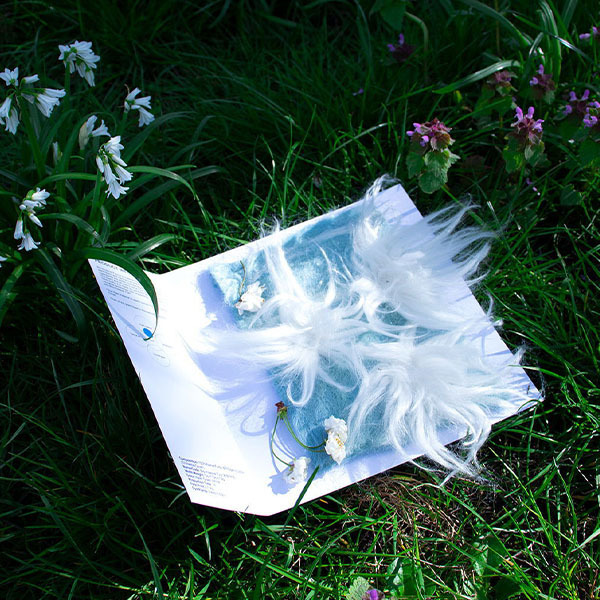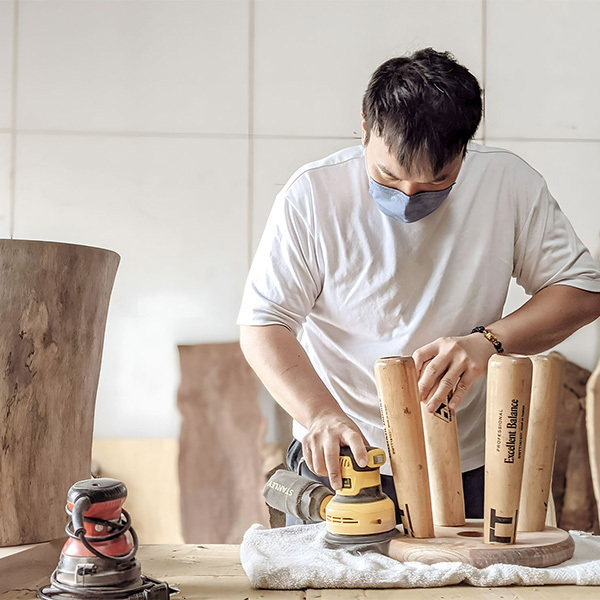Sea vegetable Circulation
SEA VEGETABLE COMPANY
Tejiendo la calle
Neighborhood cooperation project designed and directed by Marina Fernández Ramos, developed in collaboration with the weavers and residents of Valverde de La Vera, Cáceres, Extremadura. Valverde has around 500 inhabitants, is a Historic-Artistic Site and has been named one of the Most Beautiful Towns in Spain.
Tejiendo La Calle is a project in which inhabitant of Valverde de La Vera, mostly elderly women, cooperate to improve the public space we share. We hand-weave large light structures that are installed in the streets of the municipality as parasols that provide shade during the hottest months. We started the initiative in 2013 and continue weaving today. In 2022 we celebrate our tenth anniversary.
The spatial installation supports the personal expression of the participants in the project and helps to make visible the identity of our rural community. It welcomes visitors who come to the town and collaborates in creating an atmosphere with a celebratory spirit. The pieces function as sunscreens during the day and have built-in light at night, accompanying the path to the main square.
To make the pieces we reuse plastics, trying to extend the useful life cycle of this polluting material, transforming waste into beautiful and functional elements. We collect shopping bags and plastic packaging that we transform into long strips with which we prepare balls for knitting. We also weave with recycled plastics that we acquire, with special colors and greater resistance for unique pieces, and we make pieces with fabrics produced from recycled PET bottles.
We also incorporated a new typology of pieces in which we weave into disused fishing nets sent to us by José Luís, a sailor and net weaver from Pasajes, a fishing neighborhood in north Spain.
The pieces are light, waterproof and can be stored taking up little space. We will reinstall them in each edition. When they are damaged by use and solar impact, we hold repair workshops. When they are no longer recoverable, we deposit them in a clean point.
The technique we use to make the parasols is traditional crochet adapted to a larger scale, and we progressively incorporate other textile techniques, encouraging more people to join the initiative. Until now, in addition to crochet, we have worked on embroidery on mesh, weaving on a frame – hula-hoops – collage with picao-type decoration, painting on fabric, openwork of fabrics and canvases, weaving on fishing nets , and patchwork.
Crocheted bow ties wrapped in multicolored flowers. Embroidered vines from which hang grapes. Hearts that become oak leaves made with the picao technique typical of the traditional clothing of the area. Animals and stars on shawls. Ornaments that belong to the collective imagination of the place, which have normally been present in the textile art, objects and architecture of the area. These, and other new contemporary designs, are some of the motifs that emerge in the pieces.
Each participant makes her/his personal designs by hand with creative freedom, each at their own rithm, voluntarily and pleasantly, and contributes them to the common installation. These are soft and ephemeral elements, with an aesthetic close to elements that we find in private domestic environments for home care, traditionally made by women. In Tejiendo la calle, they go out into the public sphere and cover the streets of Valverde.
We hold workshops meetings in the House of Culture and in the town square, where we share experiences and knowledge, the most experts teach people who are learning, and we show the fabrics in process.
Ornamental motifs, textile arts, crafts, ecology, daily chores, cooperation, urban planning, landscape and architecture, are some of the issues that intervene in a process sustained over time in which the people who carry it out share our affection for the place we inhabit. The artistic installation of Tejiendo la calle every summer dresses, transforms and shades the streets of a small town in Extremadura, a rural region from Spain.
Tejiendo la calle Team From 3 to 93 years old:
Rosa Mª Alonso Castaño, Alba Bishop, Candela Calle Serrano, Sara Cordero Morcuende, Felisa Cañada Tejedor, Julia Casado, Trinidad Díaz Rodelas, Alonso Echevarría Serrano, Andrea Fernández González, Celia Fernández González, Mª Mar Fernández Gudiel, Manuel V. Fernández, Marina Fernández, Yolanda Fernández Trigoso, Ricardo García, Mª Rosa García García, Ana Isabel García García, Candela García Luís, Aurora García Vázquez, Justa García Vallejo, Nemesia González Garro, Mª Belén González San Miguel, Angeles González Timón, Mª Juana Gironda Domingo, Pablo Jaramillo García, Kaouthar Lechhe, Mª Jesús Luís Borja, Candela Luís Fernández, Hiba Mekdari, Domingo Monje López, Guadalupe Montero Correas, Nuria de Padua Ariza, Leonardo de Padua, Antonia Pérez Correas, Rocío Ramos Sánchez, Pilar Rodríguez Gallardo, Rosa Salas García, Elisa Salas Cordero, Lorenza Sánchez Alarza, Rosa María Sánchez Moreno, Víctor Seco Tiemblo, Araceli Serrano Martín, Consuelo Sánchez Campos, Remedios, Soledad, Rosario, Purificación.
Ideation and direction: Marina Fernández Ramos.
Workshop organizer: Rocío Ramos Sánchez and Marina Fernández.
Collaboration of the Children's Camp with Candela García Luís.
Photography: Asier Rúa.
Publisher of the book Tejiendo la calle: RUA Ediciones.
Technical support: Valverde de La Vera City Council.
The Cultural Association of my hometown, founded more than 30 years ago by my parents together with several neighbors, proposed me in 2012 to do an exhibition of my work. I thought It was more exciting to propose a new project that we could do together and that would contribute something positive to our community and the environment. Around fifteen women from the town were involved from the beginning in 2012. We did our first installation in public space in the summer of 2013. More people have joined. We continue weaving today. After more than 10 years, the project has become a tradition of our community.
Architect, Founder of NARUSE・INOKUMA ARCHITECTS Co., Ltd.
As the project name “Weaving the Streets” suggests, beautiful hand-woven fabrics cover the sky above the streets, providing shade from the strong summer sun. These fabric structures, which are made from reused plastic, have made the town more attractive and increased the number of tourists. What’s most impressive is that this initiative has been continuing for as long as 10 years. It has become a culture, not an event. I hope that this beautiful townscape can continue 100 years into the future.
MATR
MATR
TATAMI ReFAB PROJECT
HONOKA
Dodola
Pjorkkala
re:Mix, the circular kitchen mixer for your own glass jars
Open Funk
CirculaRElectronics by VERTMONDE
VERTMONDE ECUADOR
MateRe - DPP
digglue. inc
Transparent Solar Windows
VP for Ubiquitous Energy
Project "TSUMUGI"
General Incorporated Association Upcycle
The Mother Reef
Oyster Heaven
Anam PALF® by Ananas Anam
Ananas Anam
DiFOLD Origami Bottle
DiFOLD
Co-producing value-added, biodegradable plastics and additives from agricultural byproducts
Ourobio
Infinity Toy Box
Infinity Toy Box
Lichens as an bioindicators of "Well-being"
Yixuan Wang (collaborated with Julio Obscura)
comvey Share-Bag
Comvey. Inc. CEO
Creating a sustainable society. "Circular Action in daily life"
株式会社ECOMMIT ブランド戦略部 広報ブランディンググループ 所属
Hair Recycle
Dung Dung asbl
Lalaloop Reusable cup system for a circular city
OysterAble co., ltd.

Bio-invasive Textile Library
Bio-invasive Lab Ltd/ Central Saint Martin-Ma Biodesign
MateRe
digglue inc.
Briiv Air Filter
Five Create Ltd.
Gravity Wave - Plastic Free Oceans
GRAVITY WAVE
Seaweed Dialogues
Alberte Holmø Bojesen
Somewhere, Sometime
obake
